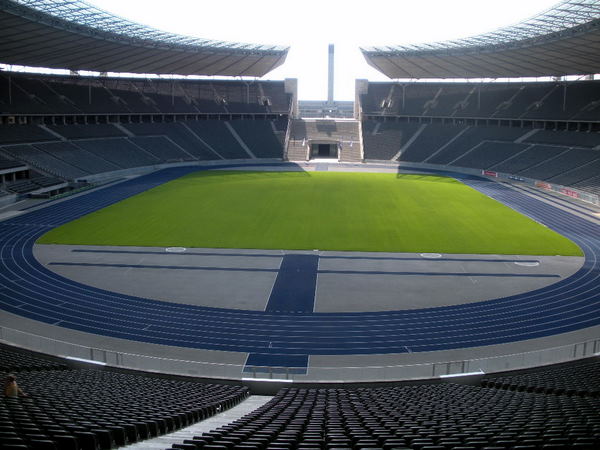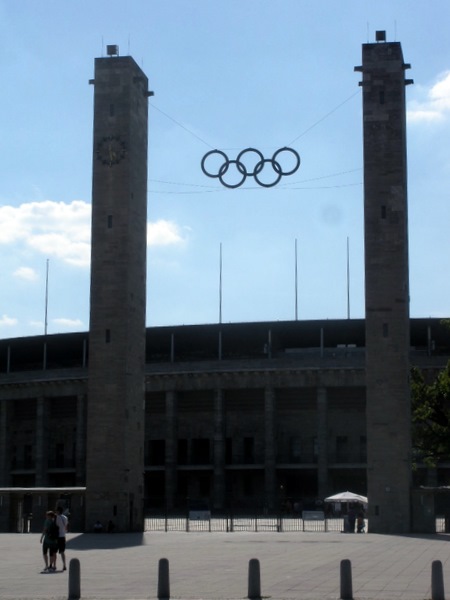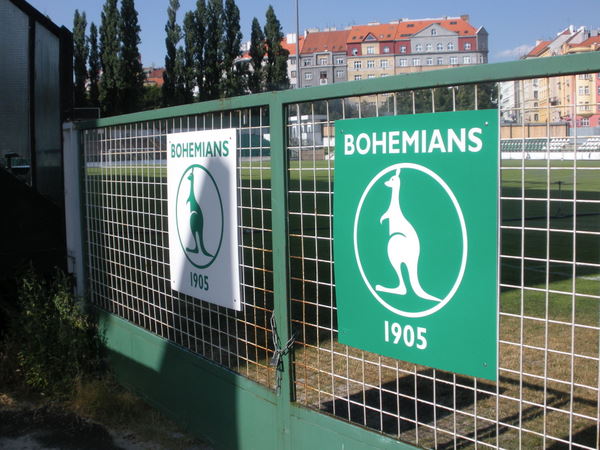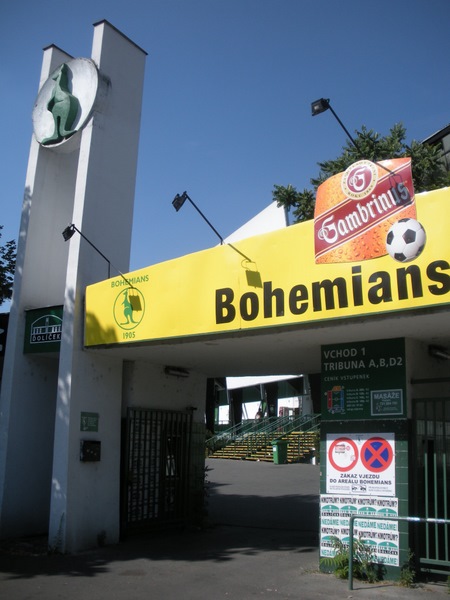As European soccer matches gain a stronger foothold in American television, the general public has become aware of many of the most famous footballing grounds in the world. These stadiums– sometimes holding as  many as 80,000 spectators, or fewer than 10,000– are seen on American television with chanting fans, massive banners and unbridled enthusiasm. A niche industry has arisen in recent years to give Americans the chance to experience these matches first-hand.
many as 80,000 spectators, or fewer than 10,000– are seen on American television with chanting fans, massive banners and unbridled enthusiasm. A niche industry has arisen in recent years to give Americans the chance to experience these matches first-hand.
Of course those kinds of vacations can be extremely expensive. A cost-effective way, however, of taking in some of Europe’s most hallowed grounds is to do even a cursory amount of research ahead of time and learn where soccer stadia are located, prior to your arrival in a given European city. Even if a club does not have a game on the days of your travels, a visit to an empty ground can be a very interesting and satisfying experience. In many ways it can be a much easier way for Americans to take in a stadium and get a feel for the European soccer culture than trying to navigate through the throngs of fans while attending a game.
 The easiest grounds to find are the biggest, most famous. Take Berlin for example. The Olympia Stadion (Olympic Stadium) was built ahead of the 1936 Olympics and was the site of the famous Jesse Owens gold-medal winning sprints at the same games. Over the years the stadium has grown and hosted the 2006 World Cup Final between France and Italy. For many years the ground has been home to Hertha BSC , a large football club from West Berlin. A visit to the Olympia Stadion is extremely simple. There is a specific stop on the 2-line of the U-Bahn and on non-game days, admission to the stadium costs as little as €4. With a restaurant and fan shop open to the public, as well as the ability to take guided tours of the famous stadium, the Olympia Stadion is a perfect spot for even those uninterested in soccer.
The easiest grounds to find are the biggest, most famous. Take Berlin for example. The Olympia Stadion (Olympic Stadium) was built ahead of the 1936 Olympics and was the site of the famous Jesse Owens gold-medal winning sprints at the same games. Over the years the stadium has grown and hosted the 2006 World Cup Final between France and Italy. For many years the ground has been home to Hertha BSC , a large football club from West Berlin. A visit to the Olympia Stadion is extremely simple. There is a specific stop on the 2-line of the U-Bahn and on non-game days, admission to the stadium costs as little as €4. With a restaurant and fan shop open to the public, as well as the ability to take guided tours of the famous stadium, the Olympia Stadion is a perfect spot for even those uninterested in soccer.


With walking tours and travel guides so focused on historic sites, museums and restaurants, football grounds often are not even mentioned. Yet many of stadia are the true cultural epicenters of European city life. Even if a game is not taking place, the various grounds, big and small, can tell the story of the particular neighborhood or part of town in a current and honest way. Each city, town and village has at least one soccer club. So remember to take a look at a map of your destination and take a few steps out of the ordinary sightseeing to enjoy the interesting soccer culture of Europe.


Comments